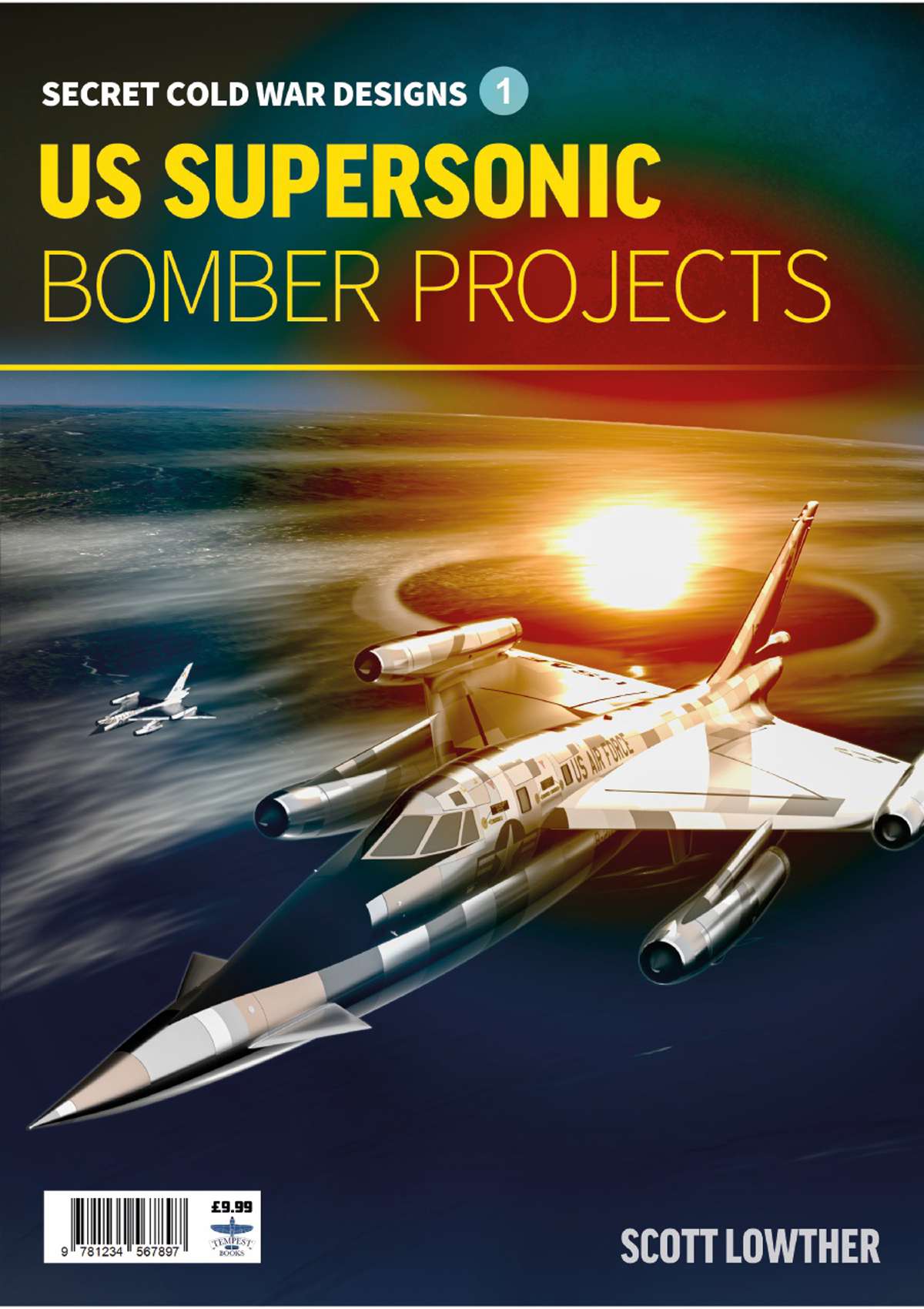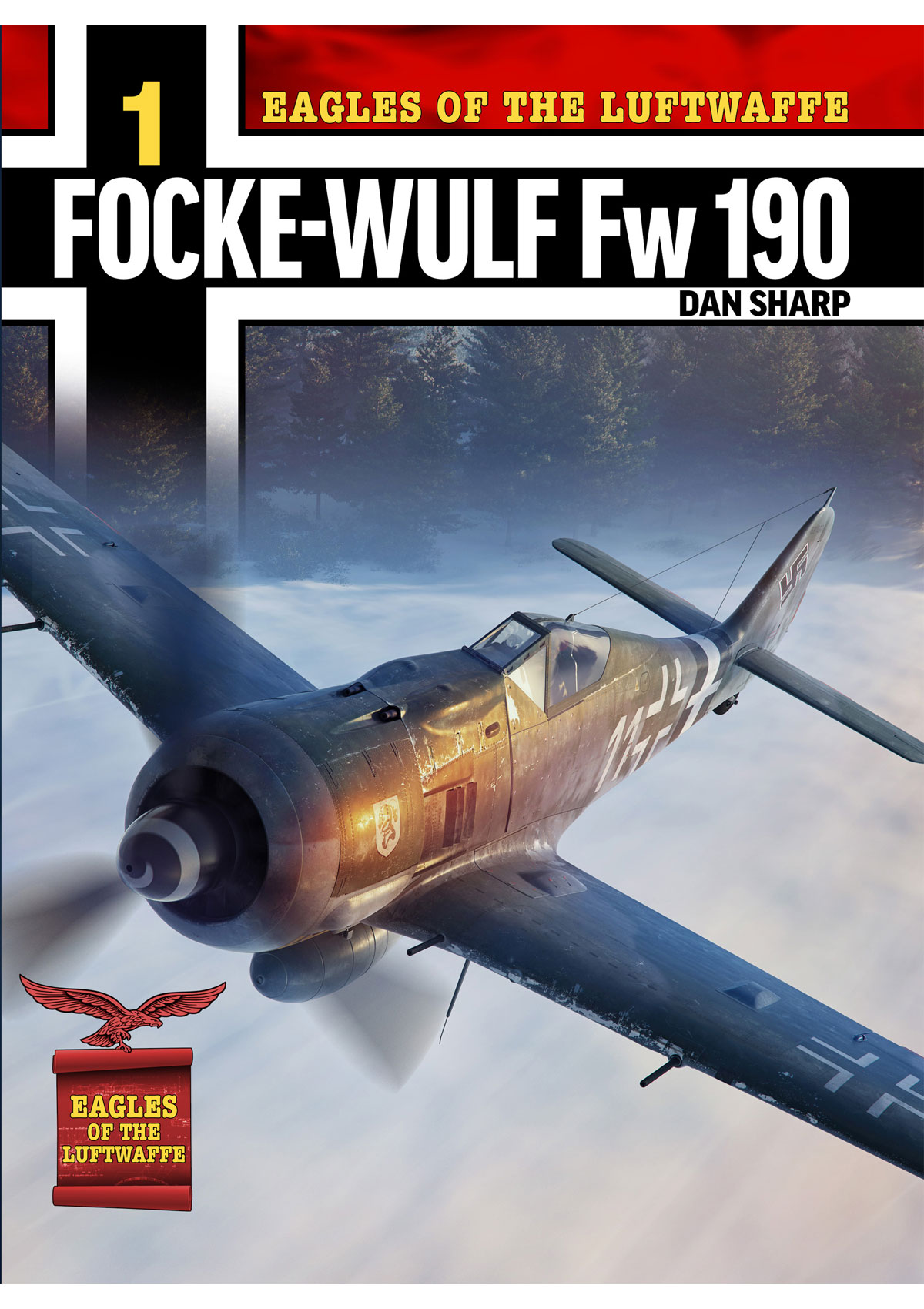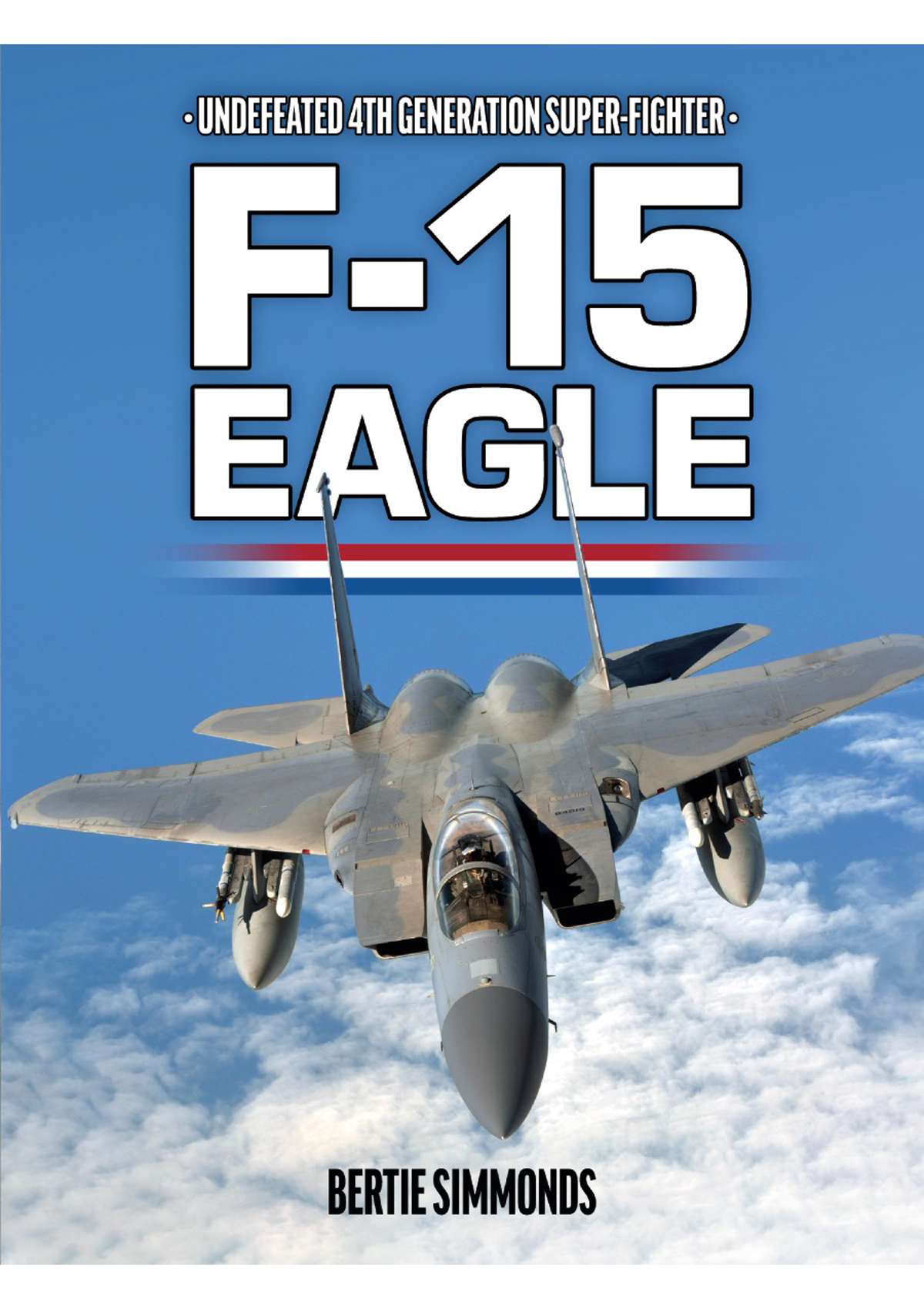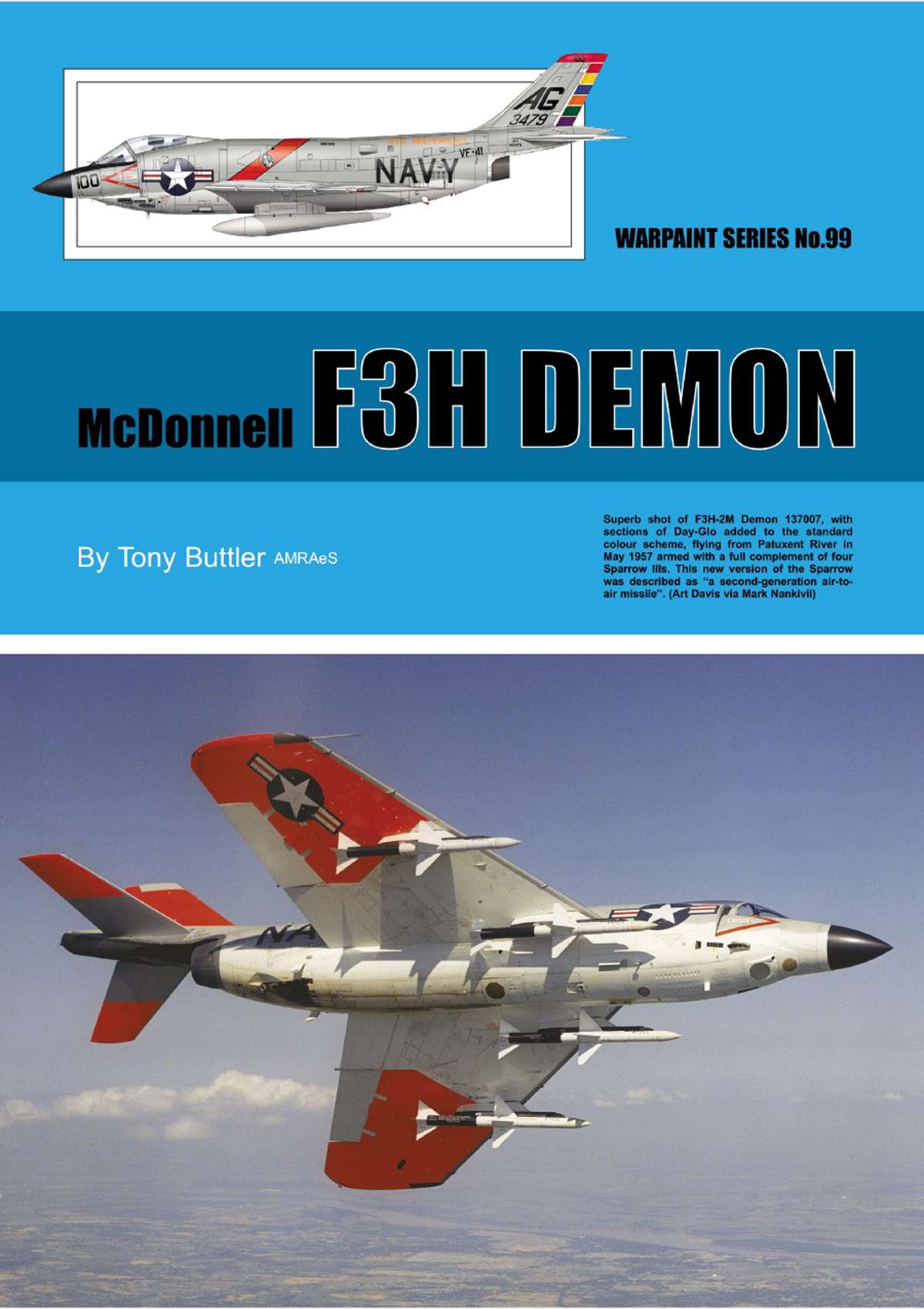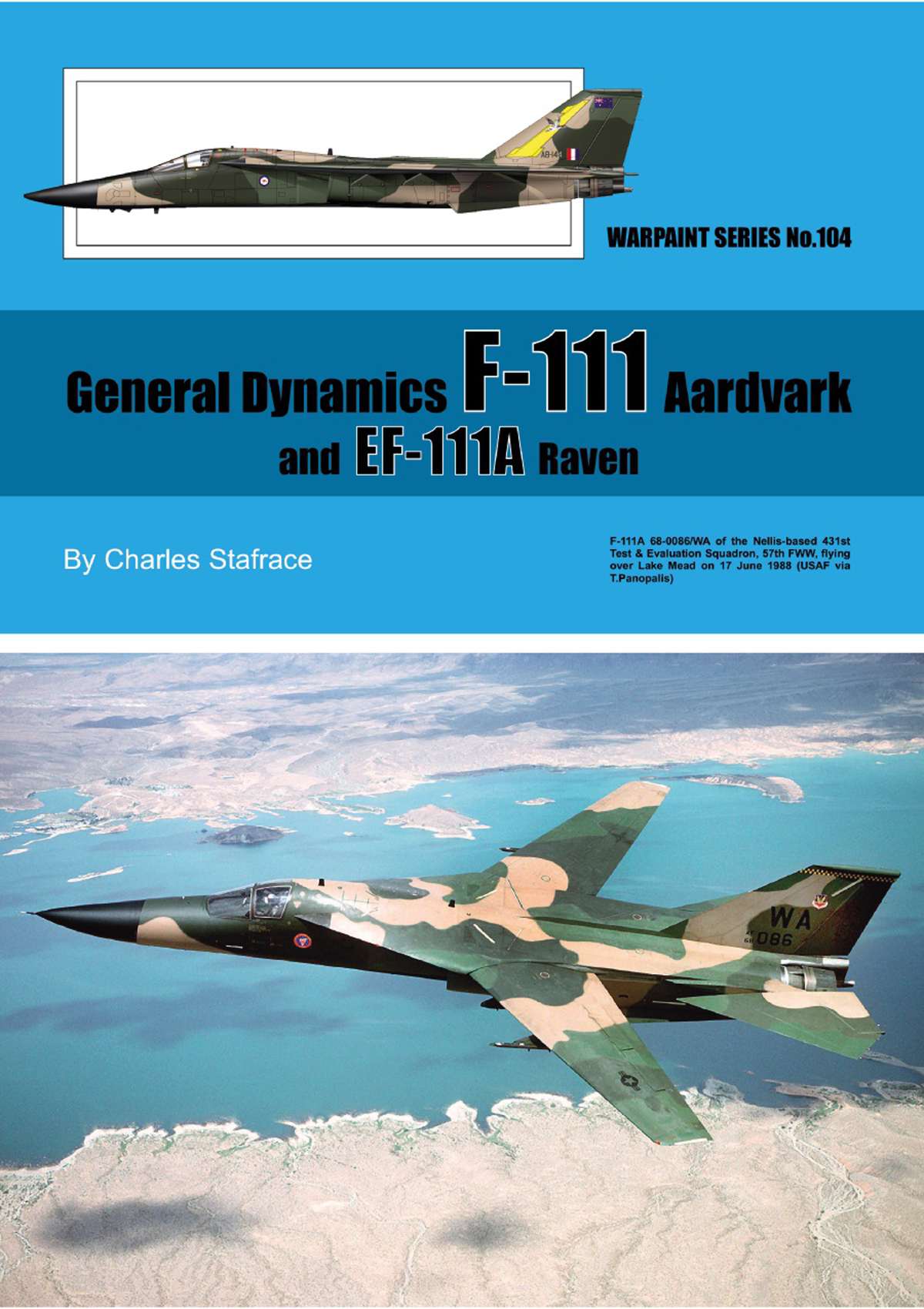US Supersonic Bomber Projects
By Scott Lowther
During the early stages of the cold war the USAF operated a huge fleet of strategic bombers - but these were all subsonic and development of high-speed surface-to-air missiles and jet interceptors made them increasingly vulnerable. America’s Strategic Air Command urgently needed new aircraft capable of flying higher and faster than anything that the opposition could field. Building a bomber able to carry an appreciable bomb load at speeds above Mach 1 for long distances was a real challenge and American designers were forced to rapidly evolve their designs to keep pace with technological advancements. The result was a vast number of supersonic bomber projects, ranging from viable proposals which became real aircraft, such as the B-58 and B-1, to incredibly ambitious concepts. Using a wealth of illustrations, aerospace engineer Scott Lowther explores this unique period of aviation history in US Supersonic Bomber Projects.

